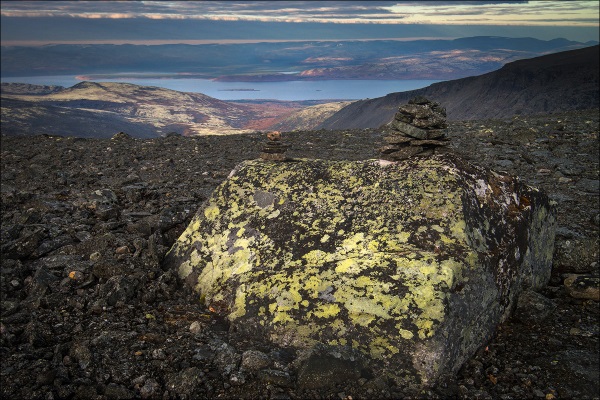

Though days are long during the arctic summer, the sun doesn’t rise far above the horizon and thus the lighting is often soft and diffused. Still, the vivid colors of the omnipresent lichens, wildflowers and cloudberries offer photographers plenty of contrast with the many rocky outcrops and sheer stone cliffs.





Drainage over the peninsula’s permafrost is spotty at best, and there are few lakes and rivers large enough to remain completely unfrozen through the short arctic summer. Vasily G was fortunate to find one of these icy lakes at the foot of a mammoth cliff; his shots resemble some of NASA’s images of Mars and Pluto.


It’s likely the Kola Peninsula will remain relatively ignored for the foreseeable future, which may be just as well: natural remediation of environmental damage from mining and the military will take decades, perhaps centuries to take effect. With the advance of global warming, however, Russia’s “dirty little secret” may not be able to remain hidden too much longer. (images and info via IN-WINDOWS)






